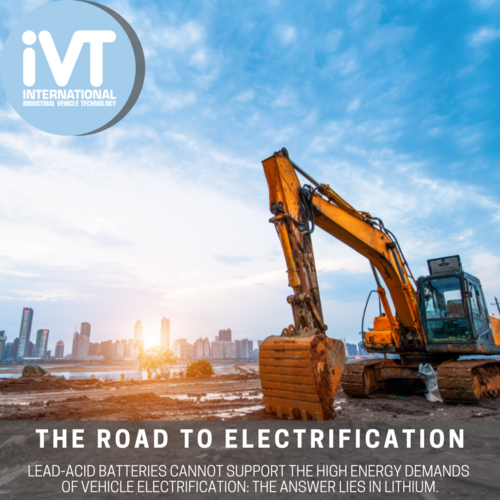
I see some very modern airships use vacuum to hold them on the ground temporarily while they unload but this requires a flat surface to work properly.Īirships require large amounts of ground crew to “catch” the airship and guide it to the mast wherever it lands. Inflatable (non rigid) airships have a large bag inside which is called a ballonet, the purpose of which is to keep the pressure of the helium envelope even so the ship keeps its shape and does not over inflate as the temperature of the helium changes (say if the sun comes out) the ballonet is filled with air pumped in using a ducted fan or pressure from the drive fans.Īirships need ballast to keep them under control, as you unload your payload you need to load ballast otherwise the airship will float upwards forcing the pilot to vent precious Helium.Īirships have to have a mast to moor to, otherwise they cant be left with no pilot. You seem to have overlooked several technical aspects regards airship operations, We are currently not building the airship but we love working with the technology.Īnd we have just started a design and development company in Copenhagen and are very happy about all the publicity about the project. We hope for the project to be a kind of inspiration in terms of further developments on the airship field. But we have tried to make the concept and the feel of the airship as real as possible. It was developed as a graduation project from architectural school. #5: Take your accumulated fame and money and the framework you built up to launch the real deal. You’re building the foundations for the next generation.

#4: Meanwhile, you are building up and training a crew and staff. Build her carreer and her accomplishments. Use it for everything, from pleasure cruises to carrying high-profile newsworthy cargo to making fantastic scientific voyages, humanitarian aid flights and appearances. Something about 400-500 feet long would be perfect. Be ABSOLUTELY SURE that it captures public attention while being economically feasible. #2: Build a small, modest, realistic prototype proof-of-concept airship. #1: Gather investment from small and large. No, if I were you, I would follow the “Graf Zeppelin” route. You bit off more than you can chew by starting with an airship OVER 1,000 FEET LONG!

Where does the money come from? Your initial investment amount must be staggeringly huge in order to actually go about building this thing. What’s worrisome is the prospect of this thing actually being built, and I very deeply regret to say but the likelihood is absolutely dismal. It’s elegant in ways past airship concepts have only dreamed of. I really am left speechless by the beauty of the design. duo has designed the plans for a sleek airship that has the smooth, delicate curves of a river stone, but which can be engineered to carry up to Using all our design tools to communicate, we designed storyboards to convey our ideas to the different stakeholders involved in the transport process.Ĭase study for the shipment of 5 wind turbines produced in Denmark and Northern Germany to their installation site in Sweden Not only envisioning the aircraft design, but also its use, we defined scenarios for the transport of wind turbine parts, from production site to installation location. By saving fuel and money and eliminating redundance, our approach brings together the general public and the hard industry into a new, brighter future.īy overcoming design limitations, streamlining wind turbine transport and efficiently pairing the re-emerging airship industry with wind turbine manufacturers in need of leaner transport processes, KNARR™ proves to be one one of the most ambitious design projects today. The KNARR™ initiative demonstrates that designers can have a full-scale effect on our society’s issues. Making the most out of nature’s energy sources, the KNARR™ airship – fueled by solar cells – finally allows the transport of wind turbines to be carbon neutral.

View the report for a description of the research and design process. This simplified airship freight system involves very little infrastructure to make wind energy easily accessible everywhere – leading the way in greener, more efficient transport of heavy goods.


 0 kommentar(er)
0 kommentar(er)
